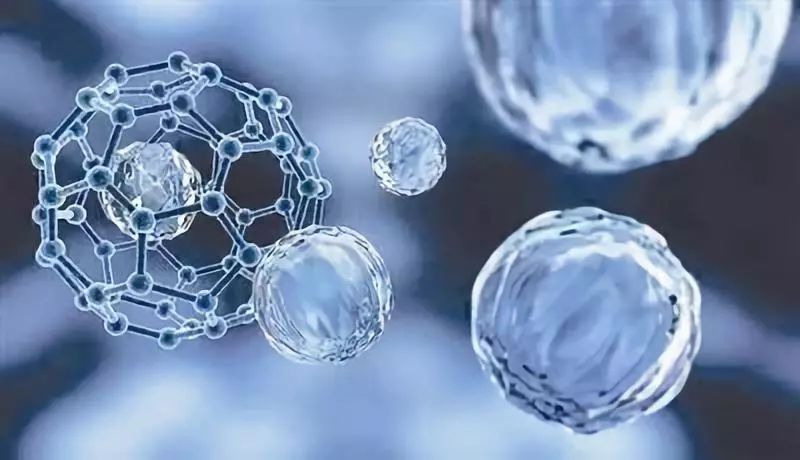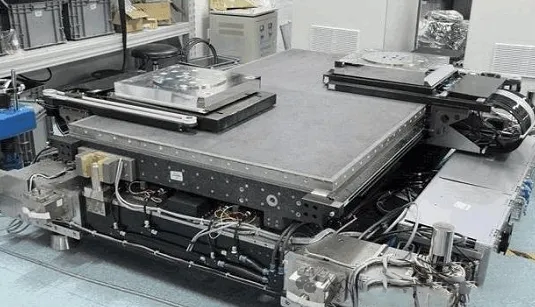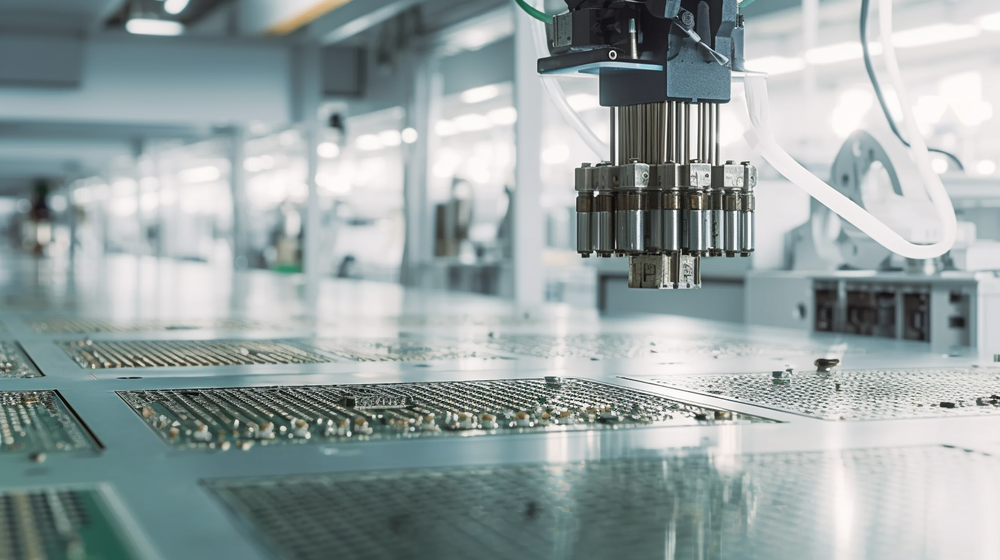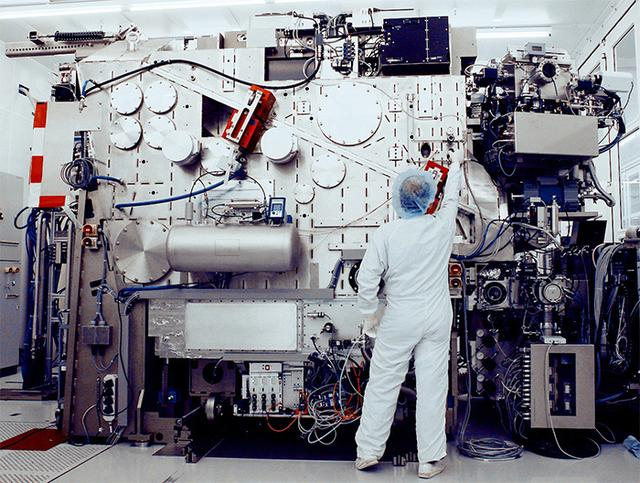The application prospect of nanotechnology is very broad
IEEE NANO 2011 Conference showcases IEEE advances in nanotechnology in healthcare, electronics, energy and other fields Beijing, China, August 12, 2011 - It is said that great things often come in small packages. The technological innovations and devices that could have the biggest impact on the human world are so small that millions of them would be the size of a pinhead, according to IEEE, the world's largest consortium of technology experts. Advanced, game-changing nanotechnology, or "little science," as some call it, is changing the approach of researchers working to solve the world's biggest challenges.
Have you ever thought that the embedded solar cell paint could turn your house into a big solar panel? Cancer-fighting "quantum dots" can defeat cancer cells one by one without damaging healthy tissue; Cell phone batteries can be recharged in seconds instead of hours.

In the field of nanotechnology engineering, raw materials processed or devices developed have at least one dimension smaller than 100 nm, which is about one-thousandth the width of an average human hair. Most electronics already use nanotechnology, and these new applications take it to the extreme. By performing atomic - and molecule-level processing (also known as the quantum domain), it is possible to change the specific mechanical, thermal, and contact properties of materials.
"The challenge for these nanotechnologies to become mainstream is how we apply them economically and efficiently," said IEEE member Jo-Won Lee, chair professor in the Department of Converged Nanosciences at Hanyang University in Seoul, South Korea. Conventional manufacturing doesn't usually get to the nanoscale, he says, but an improved approach has emerged, called "self-assembly," which essentially involves nanodevices building themselves, much like the way molecules are built to form larger systems.
IEEE and its members play an important role in the practical environmental applications of nanotechnology. For example, the IEEE Nanotechnology Committee is promoting and coordinating work in this field, including the theory, design and development of nanotechnology and its applications in science, engineering and industry.
One of the highlights of the committee's work this year was the 2011 IEEE NANO Conference, held August 15-19, 2011 in Portland, Oregon, USA. International scientists and practitioners from more than 20 IEEE societies will come together to collaborate on the development of nanotechnology applications in new fields and exchange nanotechnology applications in their respective and related fields.
Dr. Alexander Balandin, Chair of the Materials Science and Engineering Program at the University of California, Riverside, USA, winner of the 2011 IEEE Nanotechnology Pioneer Award, and IEEE Senior Member, gives an interesting example: "We are conducting research on how to better control the interaction between electrons and photons to produce more efficient and lower cost photovoltaic solar cells." Not only could this benefit existing solar applications, but in the future these nanomaterials could also be used as commercial solar coatings on the surfaces of homes and buildings, revolutionizing the energy source of the existing power grid."
There has also been significant progress in the medical field. For example, scientists are working on nanosensors that can be injected into the skin to more efficiently monitor the health of patients, such as those with diabetes. In terms of cancer treatment, the effectiveness of most target therapies is almost mixed, because many chemotherapy can eradicate cancer cells, but it is also toxic to the human body. By using chemically tuned nanocrystals, known as "quantum dots," doctors can selectively attack cancer cells and avoid harming healthy cells.
IEEE experts also believe that the gradual improvement in battery performance in recent years will become more prominent after the application of nanotechnology. Joao Zuffo, IEEE Life member and founder of the Laboratorio de Sistemas Integraveis Laboratory at the University of Sao Paulo in Brazil, said: "It is entirely possible in the future to charge a mobile phone or laptop in seconds, rather than taking an hour. Similarly, the unique properties of nanomaterials, such as graphite, could potentially improve battery storage capacity for electric vehicles, as this material has a very high surface to volume ratio, making it a more economical and sustainable alternative to using fossil fuels."
FOUNTYL TECHNOLOGIES PTE. LTD. was located in Singapore, we are focus on the research and development, manufacturing and technical services of precision ceramic parts in the semiconductor field for more than 10 years. our main product are ceramic chuck, ceramic end effector, ceramic plunger and ceramic square beam, and produces various of ceramics (porous ceramics, alumina, zirconia, silicon nitride, silicon carbide, aluminum nitride and microwave dielectric ceramics and other advanced ceramic) parts.












